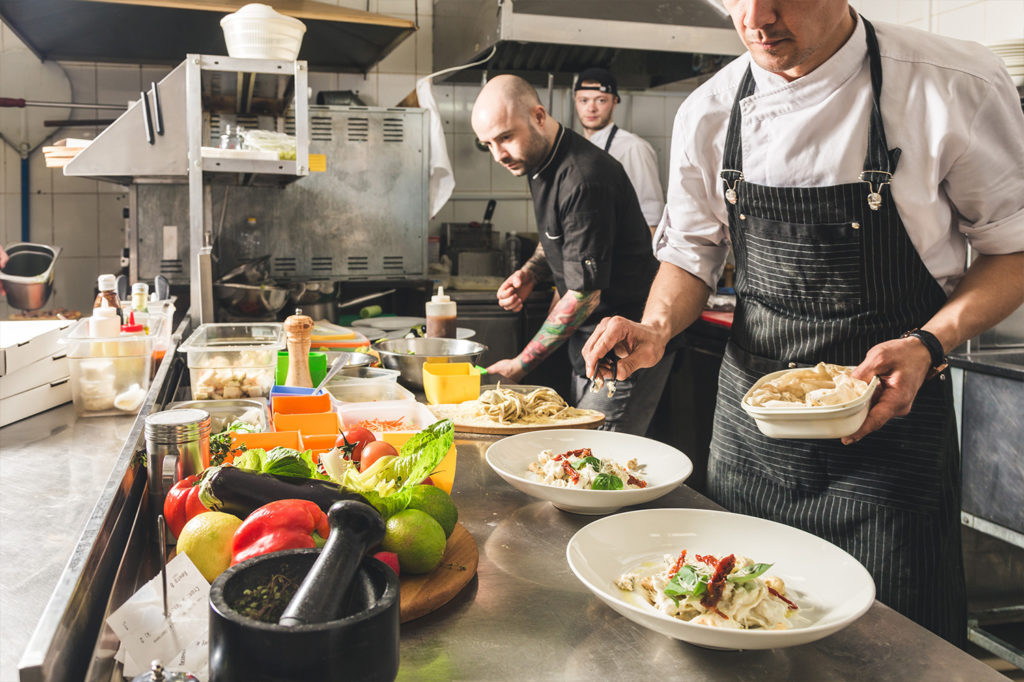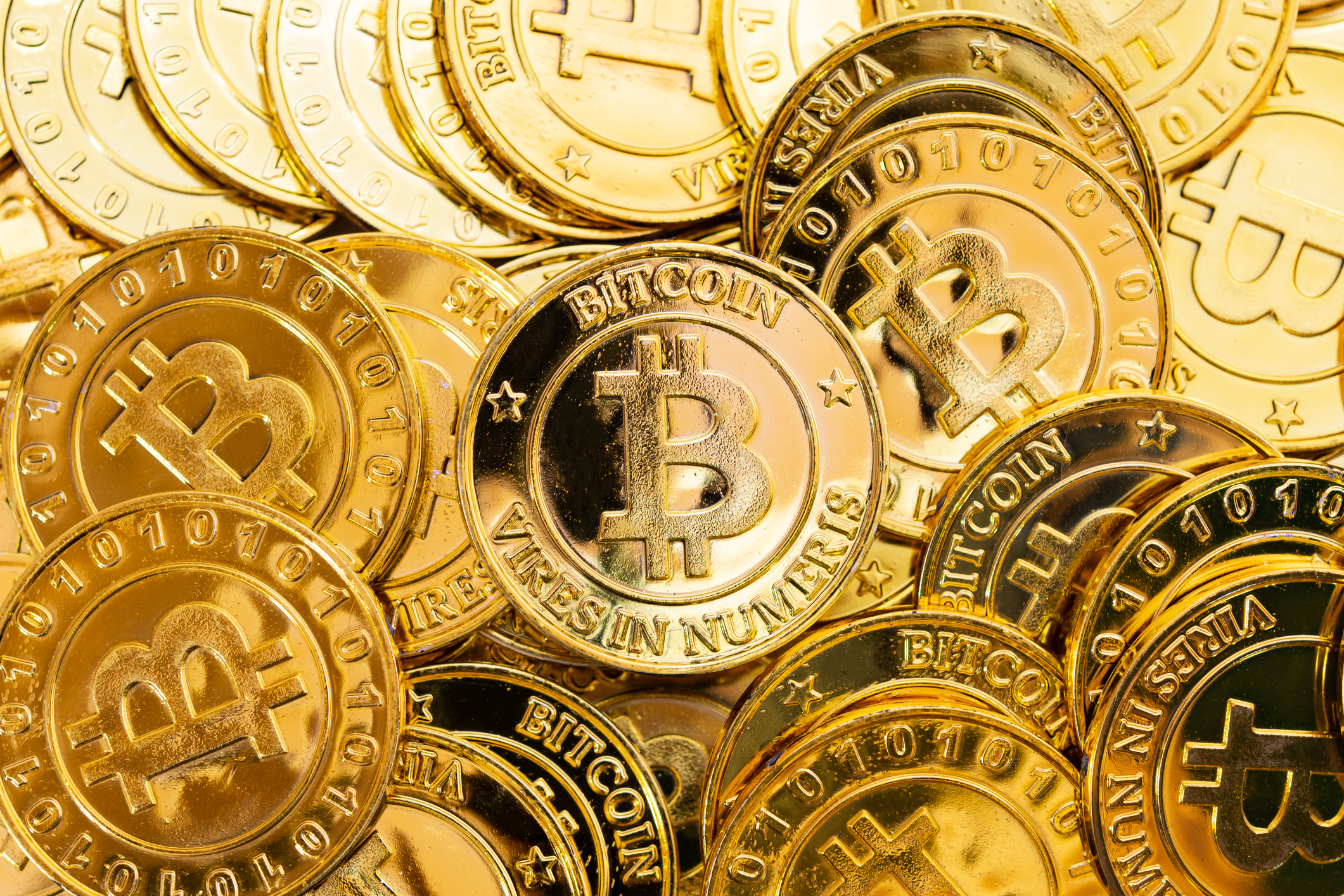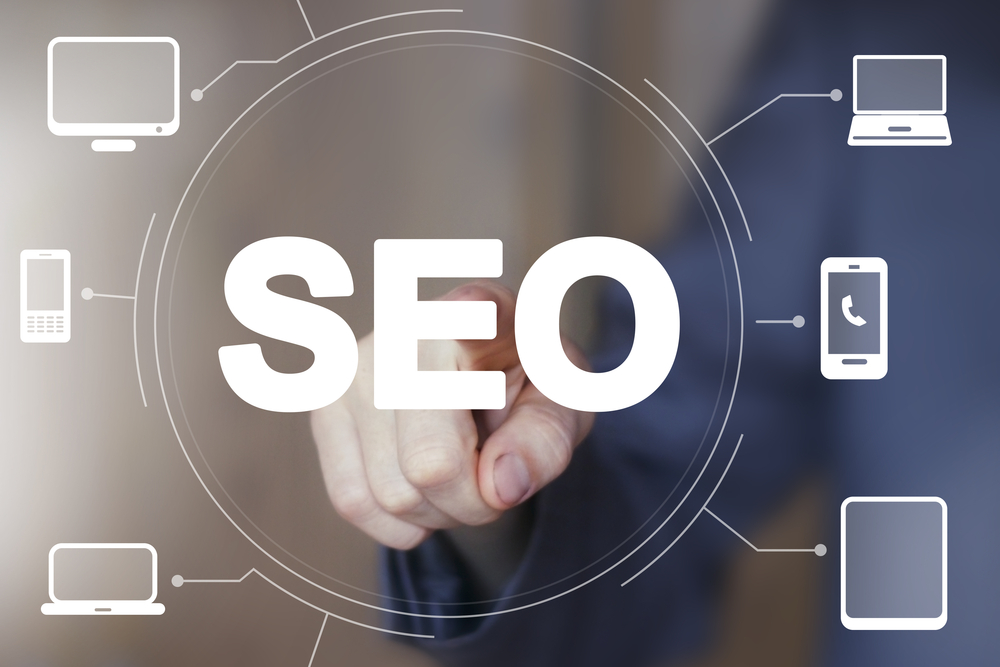
With the global population projected to reach 9.1 billion by 2050, the demand for seafood supplier is expected to increase significantly. Salmon is one of the most popular seafood items, and its popularity is only expected to grow in the coming years.
However, salmon is also one of the most commonly mislabeled seafood items, with up to 30% of salmon sold in the United States being mislabeled. This mislabeling can have serious implications for both the environment and human health.
When choosing salmon, it is important to consider both the environmental and health impacts of the different types of salmon. Here is a guide to help you choose the best salmon for the planet:
Wild-caught Salmon:
Wild-caught salmon is typically considered to be the best option in terms of both environmental and human health. Wild-caught salmon is typically lower in contaminants and higher in omega-3 fatty acids than farmed salmon.
However, salmon fillet hong kong can also have a significant impact on the environment. Salmon are a keystone species, meaning that they play a vital role in the health of the ecosystems they inhabit.

The removal of large numbers of salmon from their natural environment can disrupt the delicate balance of these ecosystems. Additionally, wild-caught salmon are often caught using methods that can damage the ocean floor and result in the bycatch of other marine species.
Farmed Salmon:
Farmed salmon is typically considered to be the worst option in terms of both environmental and human health. Farmed salmon is often higher in contaminants and lower in omega-3 fatty acids than wild-caught salmon.
Farmed salmon is also typically raised in crowded conditions that can lead to the spread of disease. To prevent the spread of disease, farmed salmon are often treated with antibiotics, which can have a negative impact on human health.
Additionally, farmed salmon are typically fed a diet that includes pellets made from other wild-caught fish. This practice can result in the depletion of other fish populations and further damage to the environment.
Some salmon are also fed antibiotics to prevent them from getting sick in their crowded conditions. These antibiotics can enter the environment through the fish’s excrement and further contribute to antibiotic resistance. This is why it’s so important to purchase wild-caught salmon whenever possible.
Conclusion:
When choosing salmon, it is important to consider the environmental and health impacts of the different types of salmon.









